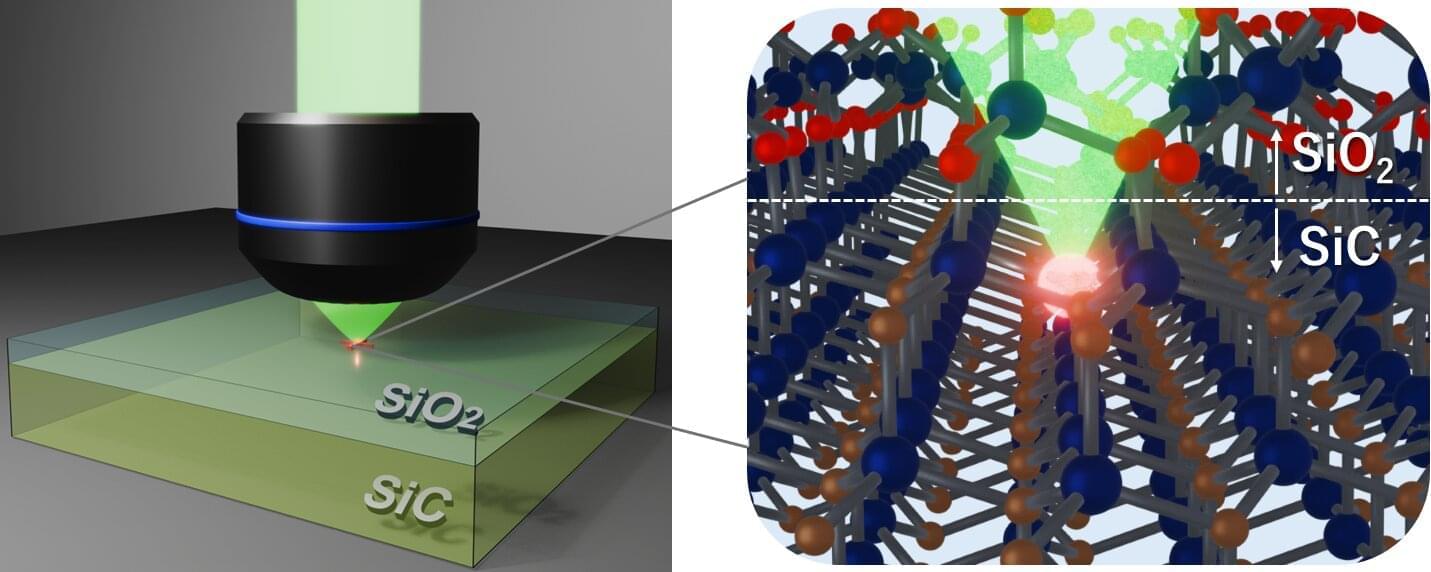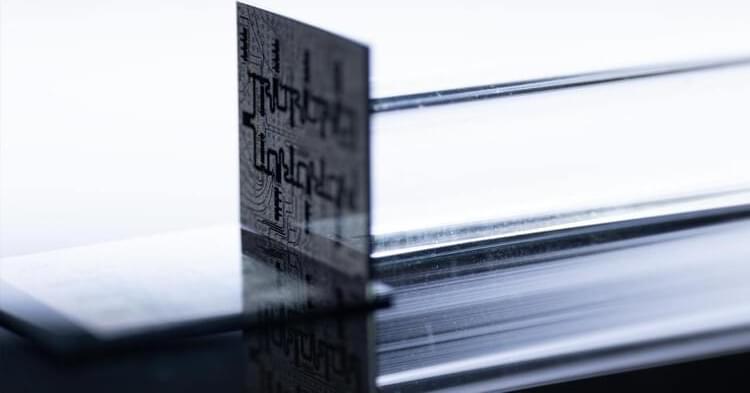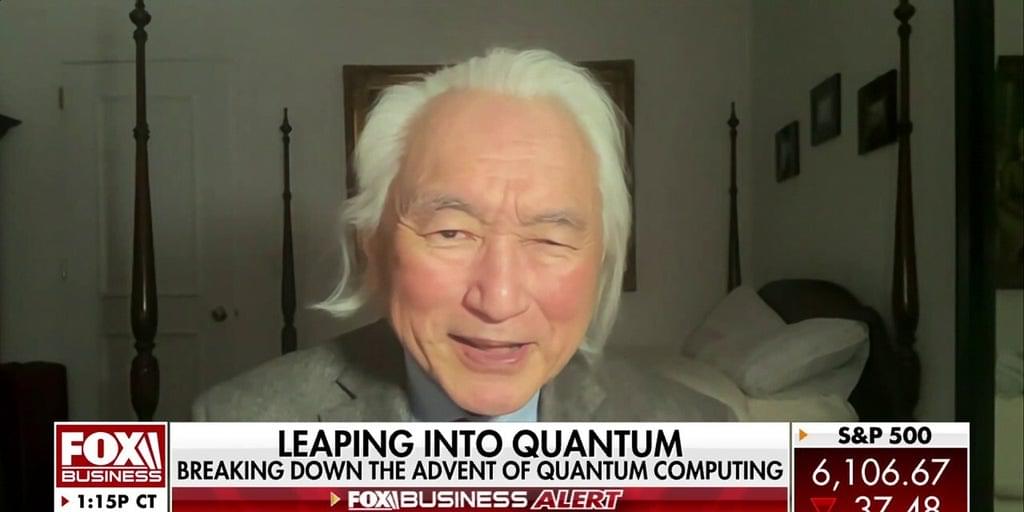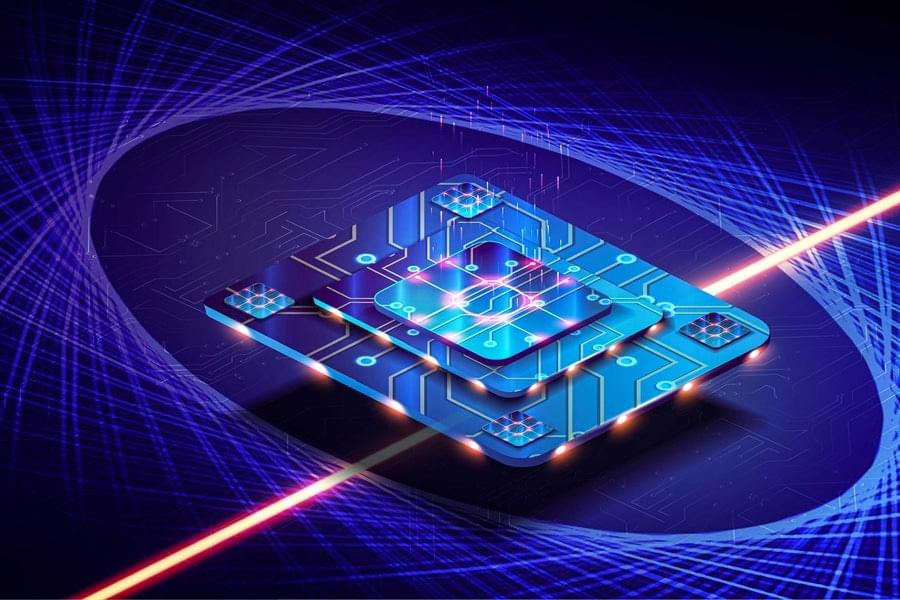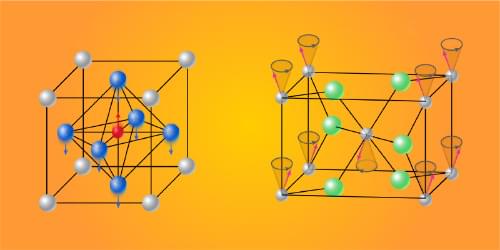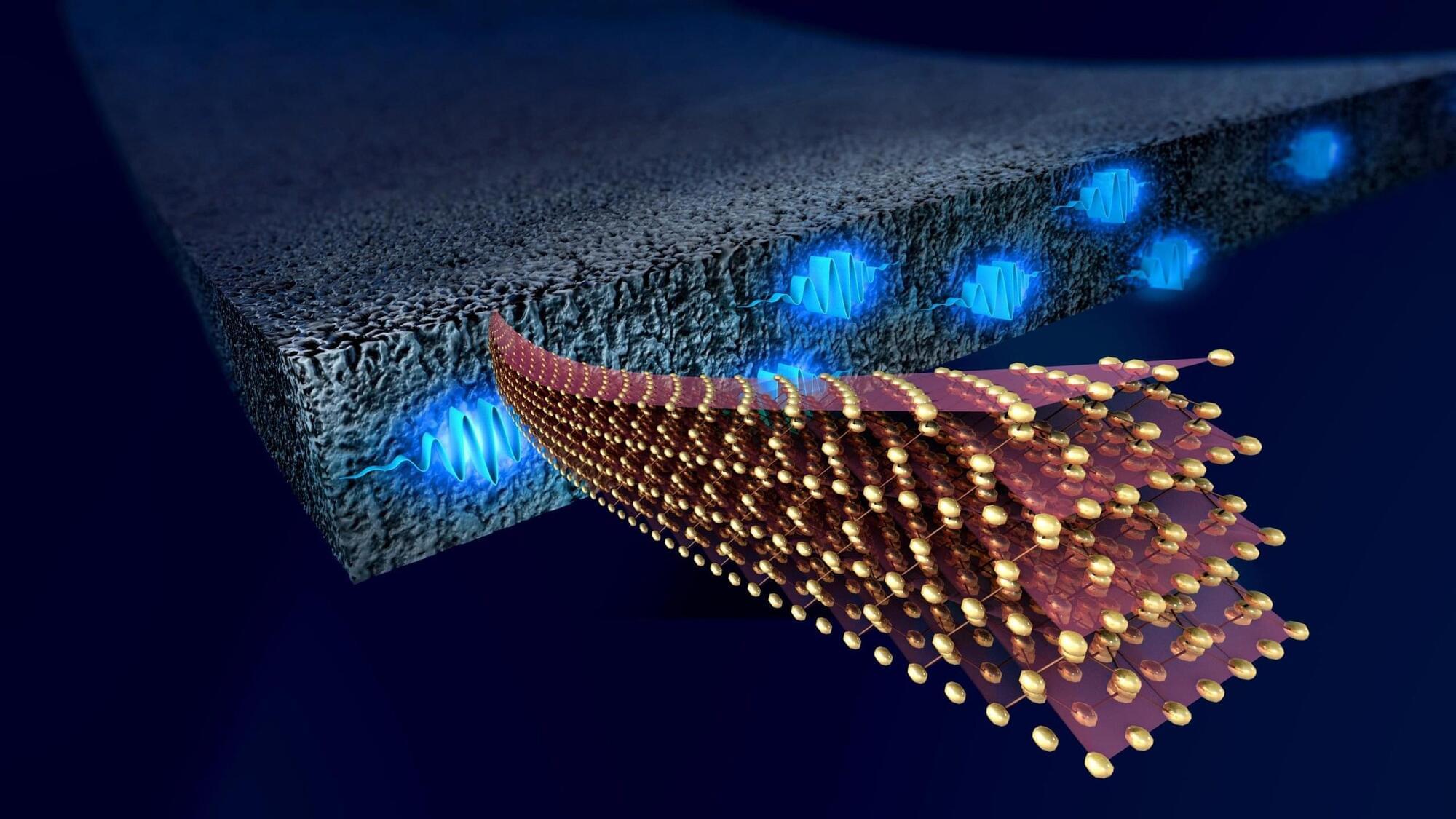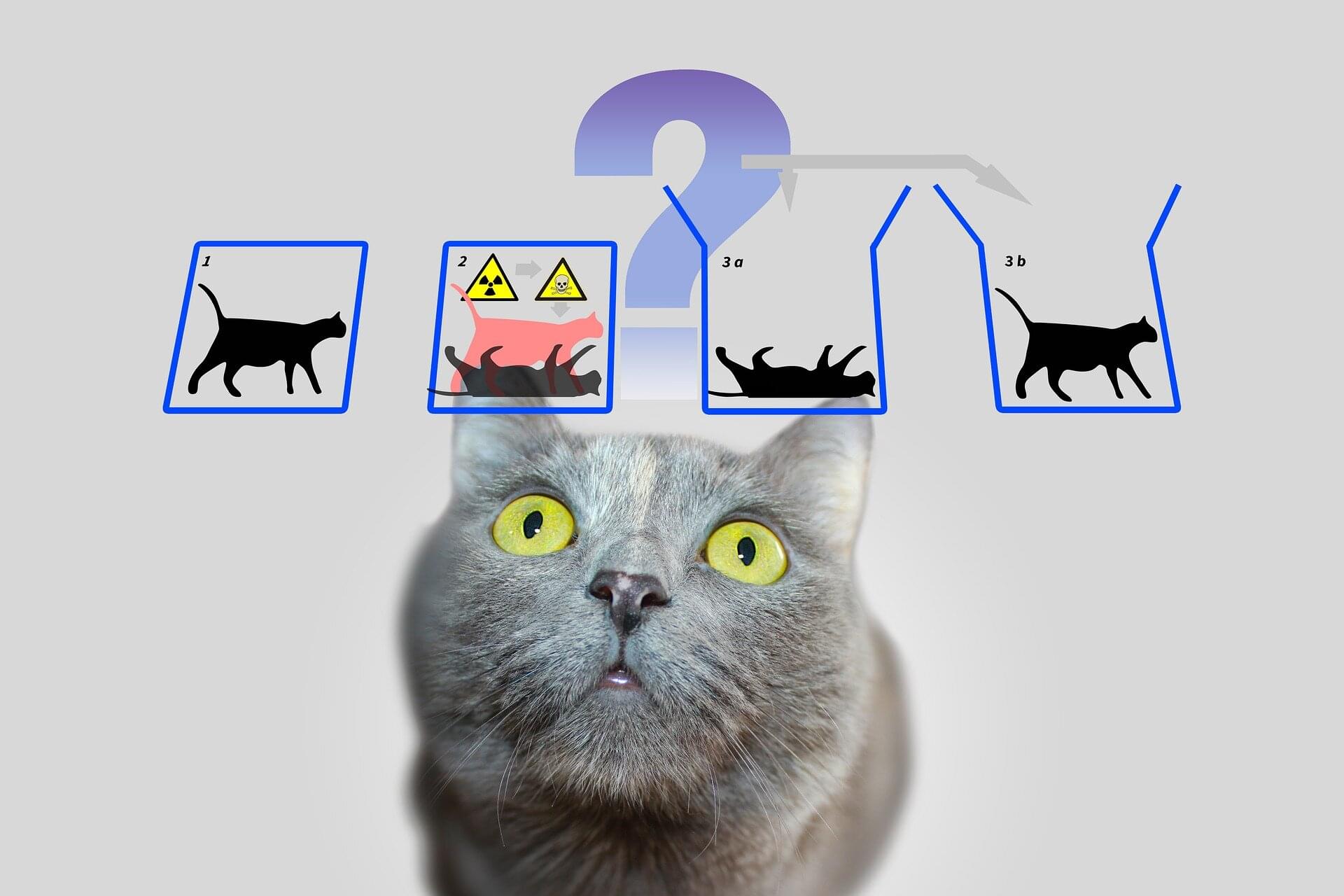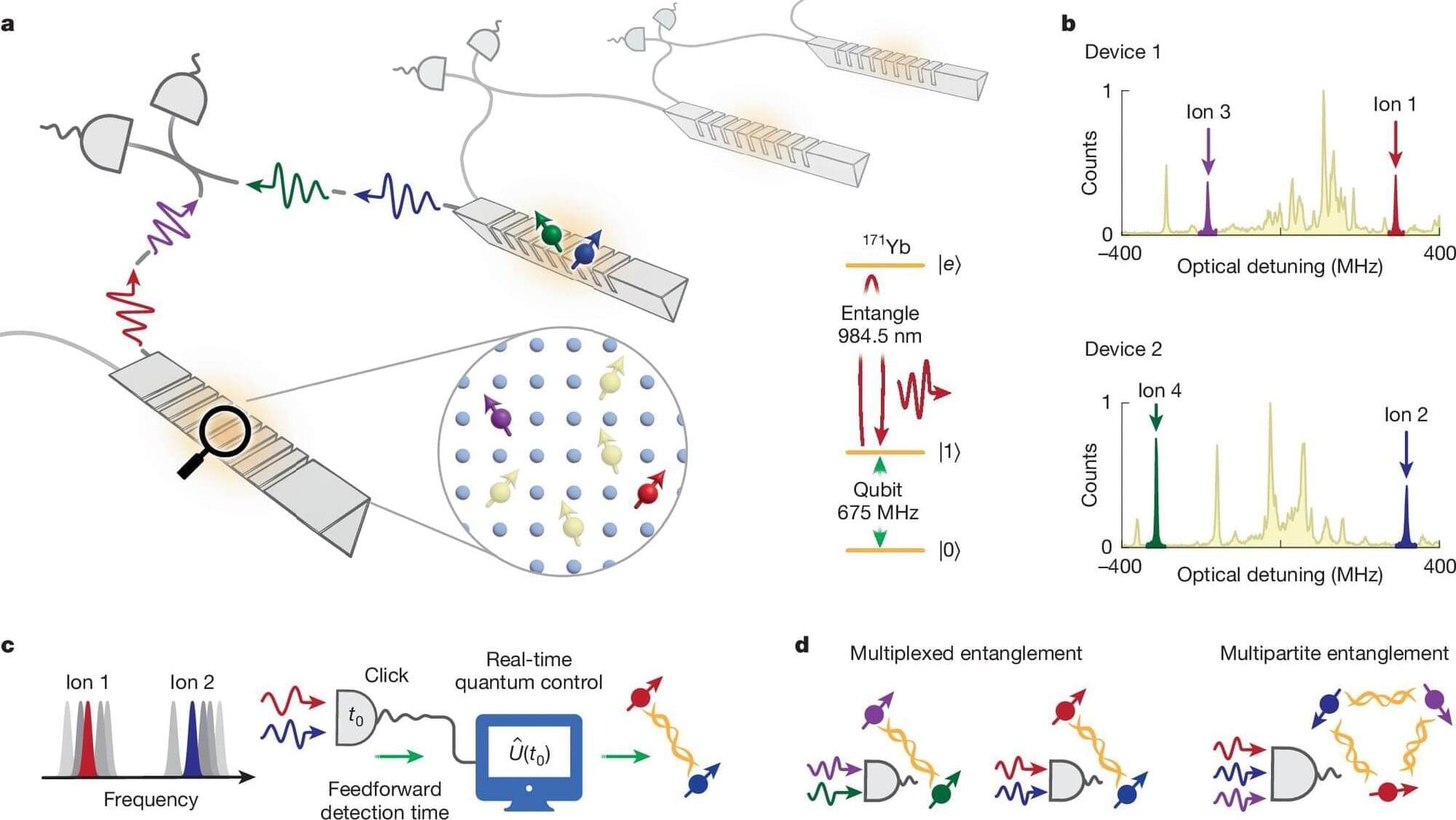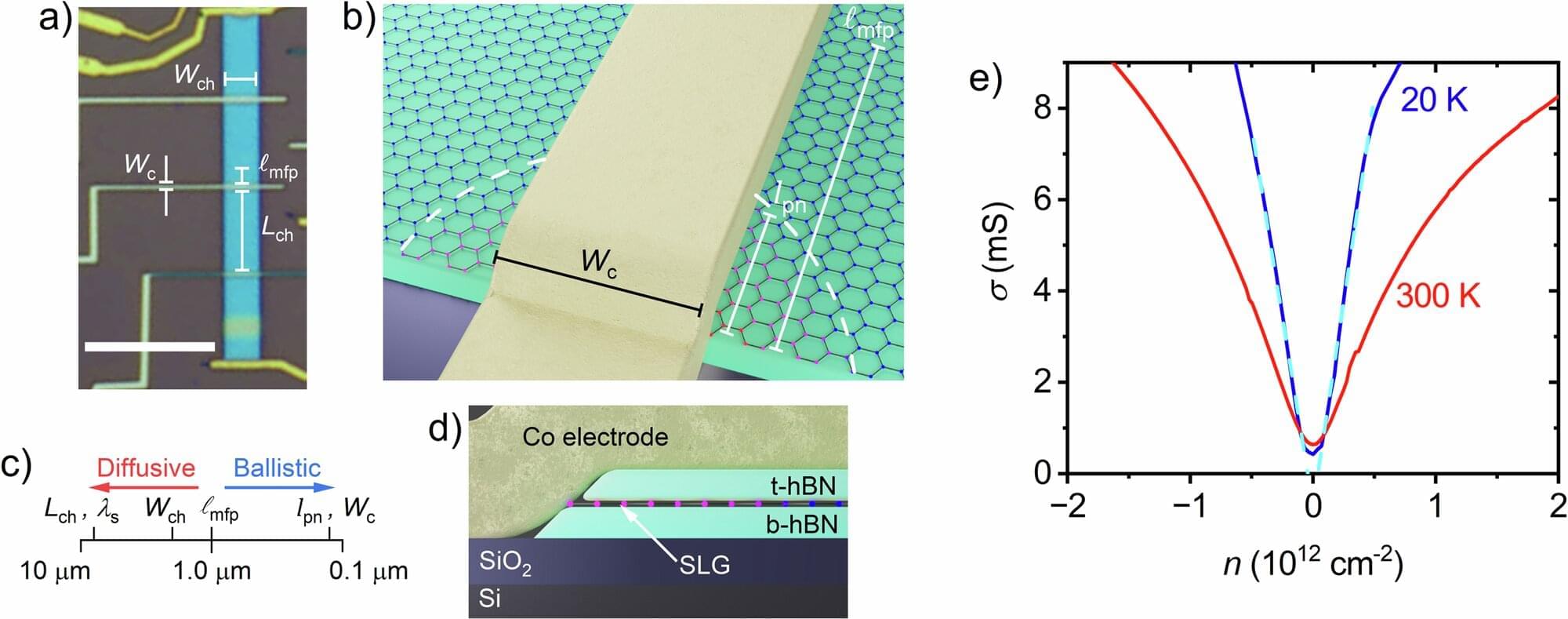The quantum rules shaping molecular collisions are now coming into focus, offering fresh insights for chemistry and materials science. When molecules collide with surfaces, a complex exchange of energy takes place between the molecule and the atoms composing the surface. But beneath this dizzying complexity, quantum mechanics, which celebrates its 100th anniversary this year, governs the process.
Quantum interference, in particular, plays a key role. It occurs when different pathways that a molecule can take overlap, resulting in specific patterns of interaction: some pathways amplify each other, while others cancel out entirely. This “dance of waves” affects how molecules exchange energy and momentum with surfaces, and ultimately how efficiently they react.
But until now, observing quantum interference in surface collisions with heavier molecules like methane (CH4) was nearly impossible because of the overwhelming number of pathways available for the system to take en route to the different collision outcomes. Many scientists have even wondered if all quantum effects would always “wash out” for these processes so that the simpler laws of classical physics, which apply to everyday, “macroscopic” objects, might be enough to describe them.

